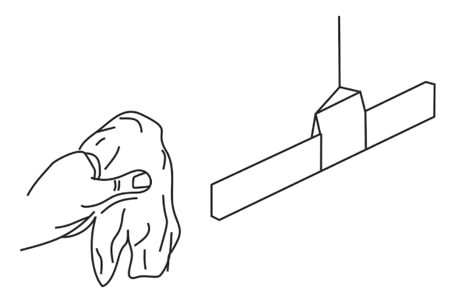David Sang and Darrell Hamilton Solutions for Chapter: Static Electricity, Exercise 1: Exercise 17.1
David Sang Physics Solutions for Exercise - David Sang and Darrell Hamilton Solutions for Chapter: Static Electricity, Exercise 1: Exercise 17.1
Attempt the practice questions on Chapter 17: Static Electricity, Exercise 1: Exercise 17.1 with hints and solutions to strengthen your understanding. Physics for Cambridge IGCSE workbook solutions are prepared by Experienced Embibe Experts.
Questions from David Sang and Darrell Hamilton Solutions for Chapter: Static Electricity, Exercise 1: Exercise 17.1 with Hints & Solutions
What name is given to materials that allow electricity to flow through it?
Give an example of a material that does allow charge to flow through it.
A learner rubs a plastic rod with a wool cloth. The rod gains a negative electrostatic charge. Before the experiment, the rod had no electrostatic charge. State the one word that means 'having no electrostatic charge'.
State what type of particles have been transferred to the rod when plastic rod is rubbed with a wool cloth.
The cloth when rubbed with the plastic rod is left with positive charge. Which type of particles it has more?

Figure shows one way in which the learner could observe the forces exerted by electrostatically charged cloth and rod on each other. Write a brief description of the experiment. Explain how it is done and describe what you would observe.
Explain why conductors allow electrostatic charge to flow through them, but other materials do not allow charge to flow through them.
